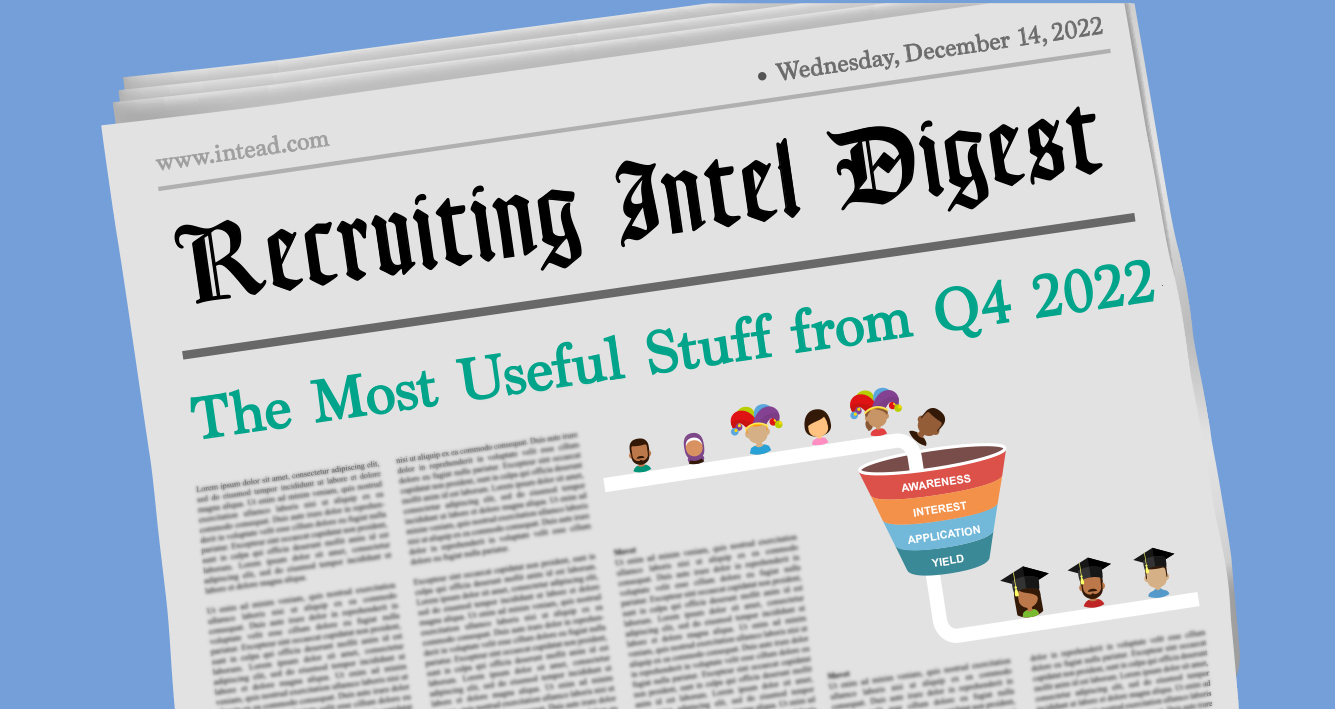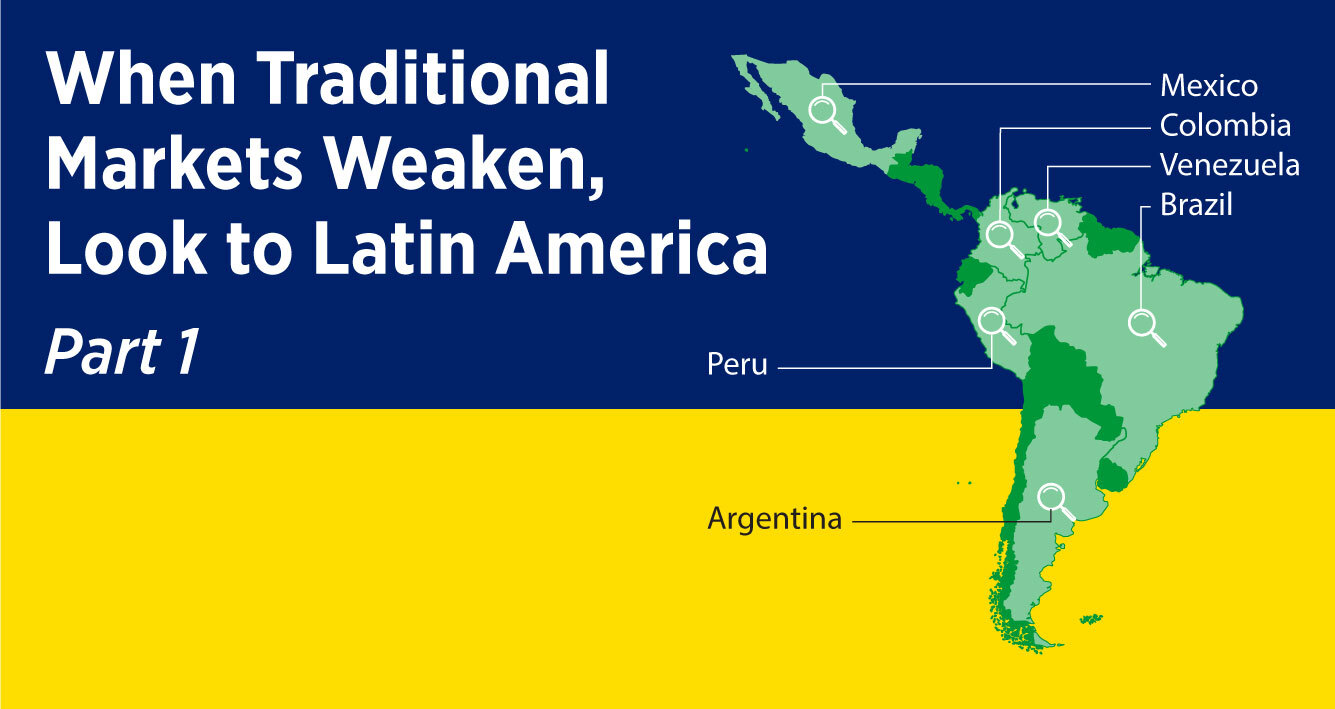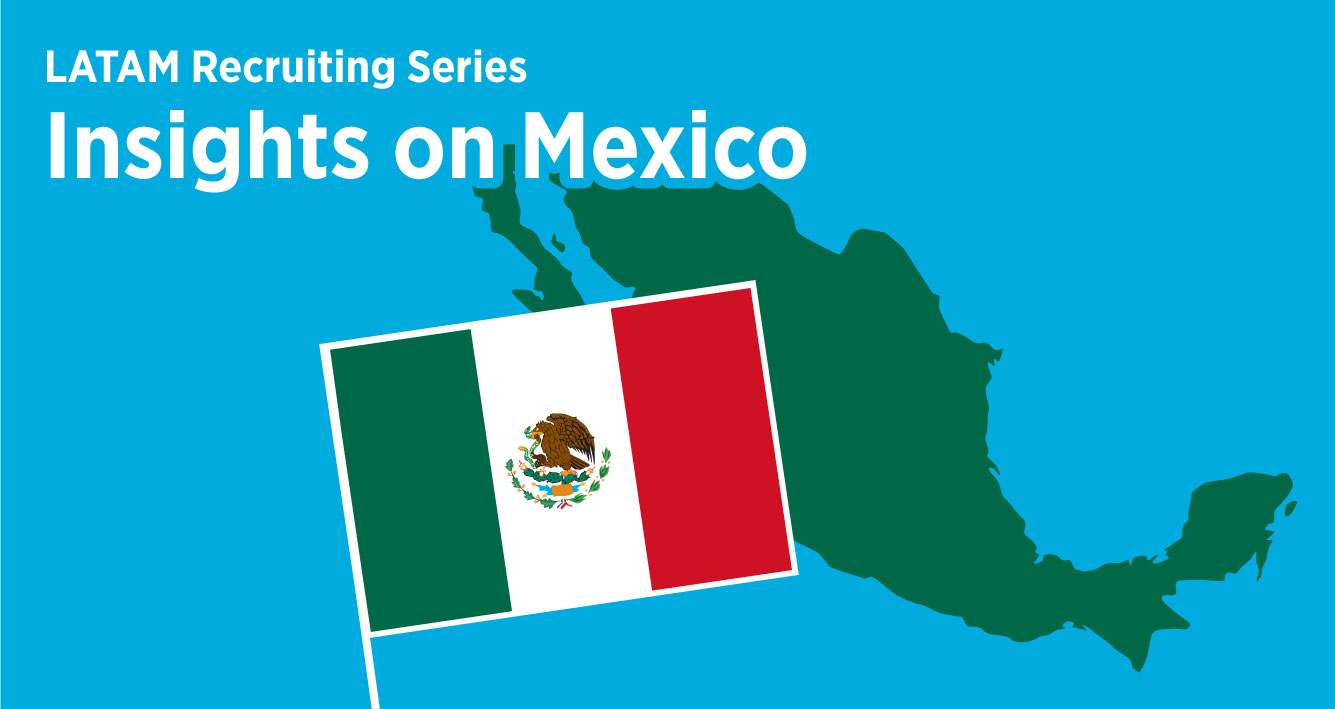The decline in enrollment continues in two really important student segments for so many US universities: domestic US and Chinese students.
So, what are you doing about it? Plenty, we are sure.
As campus pressures continue to mount, institutions are diversifying enrollment targets and considering options that were only peripherally on their radars in the past. Today's discussion: Part 1 in a 2-part series on LATAM.
A word to the wise: while China as an enrollment target has shifted for many institutions, the Chinese student audience is not one any of us should ignore. The volume of students from China to the US, UK, Australia, and Canada, among other nations, continues to be significant as compared to the flow from other countries. Strategies, messaging, and expectations should adjust.
As far as domestic recruiting in the US, we don’t see US institutions bailing on domestic student recruitment any time soon ; -) Again, strategies, messaging, and expectations.
Registration is about to close. Join us in San Diego on Dec. 13 to evaluate how your institution can adapt to the new international student recruitment landscape. The Intead/San Diego State University One-Day Workshop will be a hands-on opportunity to learn from an awe-inspiring international student recruitment faculty.
- Come with questions, leave with a plan.
- Two luminary keynotes
- Luncheon on Social Justice with Dr. Jewell Winn and Dr. Adrienne Fusek
- Dinner on Chinese Student Influencers with Dr. Yingyi Ma and Brad Farnsworth
- A full day of international student recruitment strategy and execution discussion.
- At $350 for the day (inclusive of all meals), this learning opportunity is a steal.
What we are seeing: more institutions are (finally!) taking global diversification seriously and are reconsidering how and where to spend student recruitment marketing dollars. Recruiting beyond China is the right move, right now. And no, this doesn’t mean going all in on India either.
It’s time to add a few new eggs to your basket (or make your current basket of eggs larger). Look for markets ripe for recruitment -- those with a growing youth population, rising incomes, and real employment opportunities for returning grads. Oh, and some institution-specific data that supports your institution’s connection to that source country.
It’s a drum we’ve beat before (see our recent two-part series on recruiting students from Africa: part 1, part 2). Today, Latin America is a region with a rising youth population, a range of strengthening economies, and only a handful of in-country competitive higher ed institutions.
In fact, this year only one Latin American university made it into the top 100 global 2023 QS World University Rankings. Two more made it into the top 200. (#67 Universidad de Buenos Aires, #104 Universidad Autonoma de Mexico, #115 Universidad de Sao Paulo). In other words, enterprising youth have very few top-tier research-intensive universities from which to choose within their region.
Thankfully, we know, it is not all about rankings. And yes, just like you, we have all the same misgivings and cranky commentary about the ranking systems and what they perpetuate. There are many reasons, beyond rankings, that students from Latin America seek study opportunities abroad. Our market research (pre-COVID) continues to provide valuable insights into the motivations of students from emerging markets. Download that report HERE.
All this to say, Latin American students represent an opportunity worth exploring right now (have been for a while).
So, we’re giving you our latest analysis to get you going in the right direction. In this week’s post we offer a review of Brazil, Mexico, and Colombia. Next week, Venezuela, Peru, and Argentina. We think you’ll find our insights useful as a starting point for the work you’re doing this recruitment cycle as well as the next. Read on.
Read More




